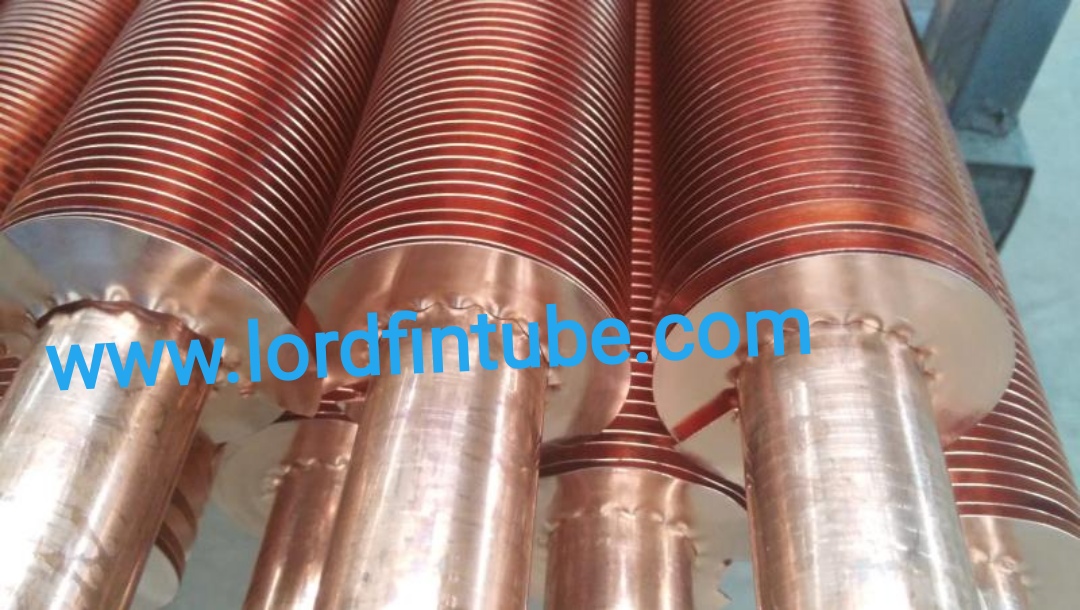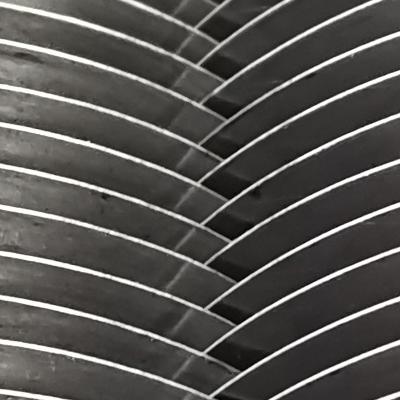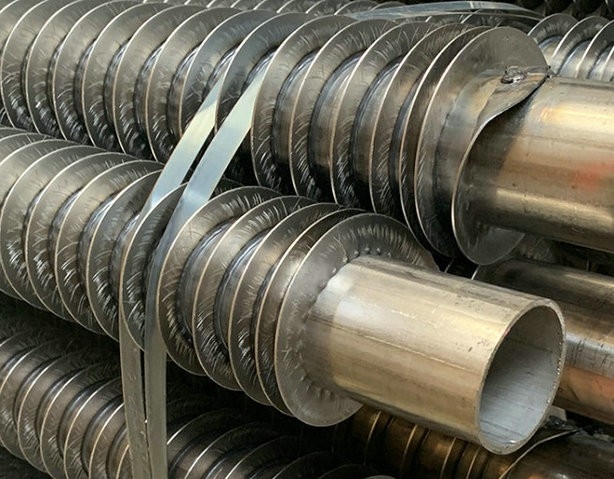How to choose a suitable fin tube
Fin Tube Materials Guide
Selecting the right material for optimal heat transfer performance and application suitability
As a highly efficient heat transfer element, the material selection of fin tubes has an important impact on their performance and application areas. There are many types of materials for fin tubes, and each material has its own unique characteristics and applicable scenarios. The following will introduce several common fin tube materials and their characteristics in detail.
Copper Fin Tubes
The first common material for finned tubes is copper. Copper finned tubes have attracted widespread attention due to their excellent thermal conductivity and corrosion resistance. The high thermal conductivity of copper enables the finned tubes to quickly transfer heat away, thereby achieving efficient heat dissipation. In addition, copper also has good corrosion resistance and can maintain stable working conditions in various harsh environments. However, the price of copper finned tubes is relatively high, so it may be limited in some cost-sensitive applications.

Copper finned tubes
Aluminum Fin Tubes
Aluminum fin tubes are another common material choice. Aluminum fin tubes are lightweight, have low thermal resistance, and have good heat transfer performance. The low density of aluminum makes the overall weight of the fin tubes light, making them easy to install and maintain. At the same time, aluminum fin tubes have excellent heat transfer performance and can effectively transfer heat to improve heat dissipation efficiency. In addition, aluminum fin tubes also have high strength and corrosion resistance, which can meet the needs of most application scenarios. However, aluminum fin tubes may oxidize in high temperature environments, affecting their service life.

Aluminum fin tubes
Stainless Steel Fin Tubes
Stainless steel finned tubes are also a common material choice. Stainless steel finned tubes are resistant to corrosion, high temperature and high pressure, and are suitable for various harsh working environments. The corrosion resistance of stainless steel enables finned tubes to operate stably for a long time in corrosive environments such as high humidity and high salinity. At the same time, stainless steel finned tubes also have high strength and wear resistance, and can withstand greater pressure and friction. However, the price of stainless steel finned tubes is relatively high, and the thermal conductivity is slightly inferior to that of copper and aluminum finned tubes.

Stainless steel finned tubes
Fin Tube Material Comparison
| Material | Thermal Conductivity | Corrosion Resistance | Strength | Cost Efficiency | Best Applications |
|---|---|---|---|---|---|
| Copper | High-efficiency heat exchangers, refrigeration systems | ||||
| Aluminum | HVAC systems, cost-sensitive projects | ||||
| Stainless Steel | Chemical processing, marine environments | ||||
| Carbon Steel | Industrial boilers, structural applications | ||||
| Titanium Copper Alloy | Specialized applications, extreme environments |
* Ratings are relative comparisons between materials. Actual performance depends on specific alloy composition and environmental conditions.
In addition to the above common materials, finned tubes can also be made of other materials such as carbon steel, titanium copper alloy, etc. Carbon steel finned tubes have high strength and good corrosion resistance, and are suitable for some occasions with high requirements for strength and durability. Titanium copper alloy finned tubes combine the advantages of titanium and copper, have excellent thermal conductivity and corrosion resistance, and are suitable for some special working environments.
When choosing the material of the finned tube, you need to consider the use environment, cost, performance and other factors. Different materials have their own advantages and disadvantages in terms of thermal conductivity, corrosion resistance, strength and price, so you need to choose according to the specific application requirements. For example, in high temperature, high humidity or corrosive environment, stainless steel finned tubes may be a better choice; while in occasions with high requirements on cost and heat dissipation efficiency, aluminum finned tubes may be more suitable.
The manufacturing process and shape of the finned tube will also affect its performance. For example, different types of finned tubes such as spiral finned tubes, longitudinal finned tubes and internal finned tubes have differences in heat transfer area, flow resistance and heat dissipation efficiency. Therefore, when choosing a finned tube, you also need to consider whether its shape and manufacturing process meet specific application requirements.
There are many types of materials for finned tubes, and each material has its own unique characteristics and applicable scenarios. When choosing a finned tube, you need to consider the use environment, cost, performance and other factors to choose the most suitable material and type. With the continuous development of science and technology, the materials and manufacturing processes of finned tubes will continue to innovate and optimize in the future to meet more diverse application needs.
If you need fin tubes or want to know more about fin tubes, contact our engineers for expert guidance:
Contact Our Engineers
